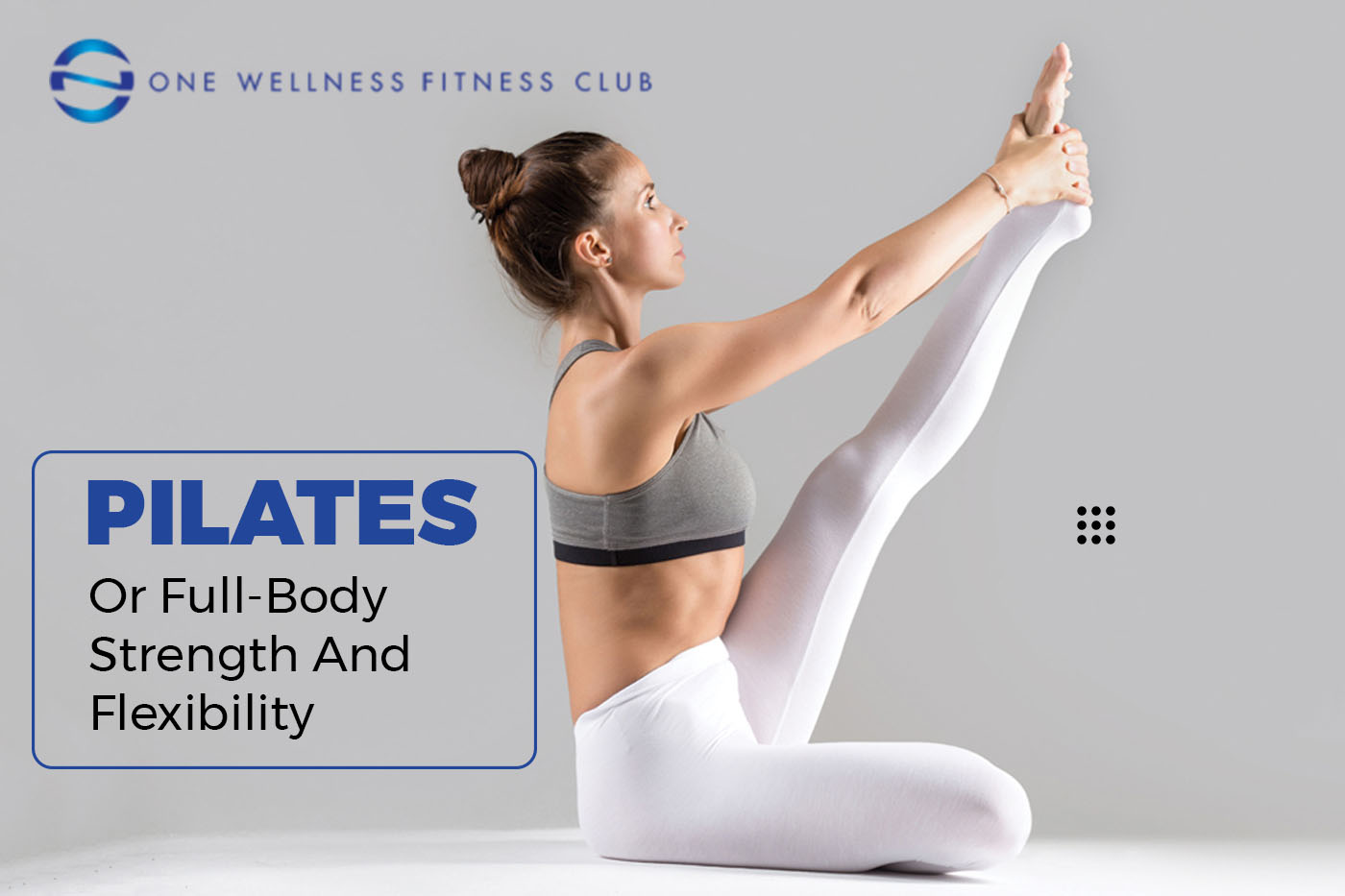Yoga is more than just a passing trend; it’s a powerful tool for managing stress and improving overall well-being. Whether it involves standing on your head or twisting into intricate poses, the physical and psychological benefits of yoga have captivated people across America.
Regular yoga practice can significantly reduce stress and tension, increase strength, balance, and flexibility, lower blood pressure, and decrease cortisol levels. These physical benefits are complemented by the emotional advantages of yoga, which emphasizes breathing and the interconnectedness of the mind, body, and spirit.
Incorporating yoga into your routine, whether through “Online Hot Yoga Training” or other methods, can help improve sleep quality, encourage present-moment awareness, and reduce worries about things beyond your control. Yoga can make challenging situations, whether at work or home, easier to handle.
If you think yoga isn’t for you because you’re not flexible, think again. Yoga is accessible to everyone, regardless of age or physical ability. In fact, those who start with less flexibility often see improvements quickly. Yoga is designed to enhance your unique mind-body connection, making it suitable for all levels.
There are many styles of yoga to suit different preferences. Hatha yoga, for example, is a gentle, flowing practice ideal for beginners. Vinyasa is more athletic, while Iyengar focuses on proper alignment. However, beginners might want to avoid Bikram, or “hot” yoga, which can be intense.
Joining a yoga class late or feeling like you’re not as advanced as others shouldn’t discourage you. Yoga is about how each stretch feels in your body, not about doing it better or worse than others. The focus is on relaxation and finding your own pace.
Yoga is deeply personal, and no two people should hold a pose in exactly the same way. Work at your own level of flexibility, challenging yourself without pushing too hard. If a pose doesn’t feel right, listen to your body and make adjustments. It’s crucial to push your limits gently, without letting your ego take over. Allow your body to guide you in this journey.
A key aspect of yoga for stress management is the synchronization of breath and movement. Learning to inhale and exhale properly during poses is essential. Breathing through your nose helps maintain focus and keeps the body warm. Focusing on your breath helps you stay present, letting go of external thoughts and anxieties.
At the end of each yoga session, lie on your back with arms at your sides, eyes closed, and breathe deeply. This final “corpse pose” is designed for deep relaxation and helps to consolidate the benefits of your practice.
Yoga is a gradual process, so let go of expectations, competition, and judgment. By focusing on the present moment, you’ll find joy not only in the physical and mental benefits but also in the act of practicing itself. Whether you explore “Online Yoga Therapy” or other forms of yoga, the key is to make it a consistent part of your life


